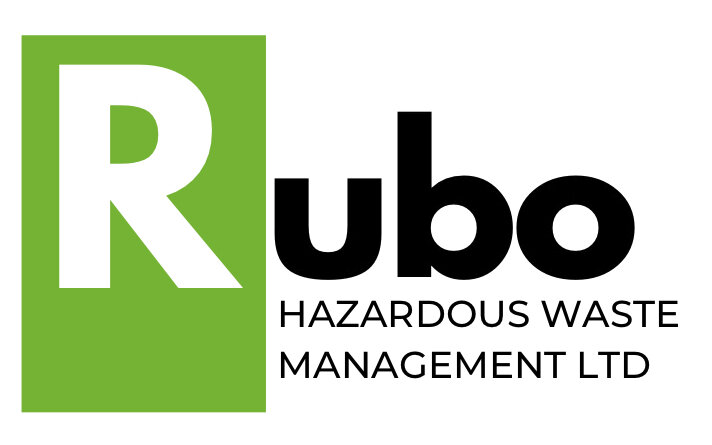The Waste Hierarchy and Disposal & Recovery Codes
Effective waste management is crucial for businesses striving for sustainability and compliance. The Waste Hierarchy offers a clear framework for prioritising waste practices, while Disposal (D) and Recovery (R) Codes categorise activities to meet regulatory standards. At Rubo Hazardous Waste Management, we help businesses align their waste management strategies with these principles.
What is the Waste Hierarchy?
The Waste Hierarchy, established under the Waste Framework Directive, ranks waste management options from most to least environmentally friendly:
Prevention: Avoid generating waste.
Reuse: Extend the life of products or materials.
Recycling: Convert waste into new materials or products.
Recovery: Extract energy or valuable resources from waste.
Disposal: Manage residual waste as a last resort.
By following the hierarchy, businesses can reduce environmental impact, improve compliance, and achieve cost savings.
Comprehensive List of Recovery Codes (R Codes)
R Codes describe activities where waste is repurposed or its value is recovered. These include:
R1: Use of waste principally as a fuel or other means to generate energy.
R2: Solvent reclamation or regeneration.
R3: Recycling or reclamation of organic substances (e.g., composting).
R4: Recycling or reclamation of metals and metal compounds.
R5: Recycling or reclamation of other inorganic materials.
R6: Regeneration of acids or bases.
R7: Recovery of components used for pollution abatement.
R8: Recovery of components from catalysts.
R9: Oil re-refining or other reuses of oil.
R10: Land treatment resulting in benefit to agriculture or ecological improvement.
R11: Use of waste from R1-R10 processes.
R12: Exchange of waste for submission to R1-R11 processes.
R13: Storage of waste awaiting recovery.
Comprehensive List of Disposal Codes (D Codes)
D Codes define activities where waste is discarded without recovering value:
D1: Deposit into or onto land (e.g., landfill).
D2: Land treatment (e.g., biodegradation of liquid waste).
D3: Deep injection (e.g., injection into geological formations).
D4: Surface impoundment (e.g., ponds or lagoons).
D5: Specially engineered landfill.
D6: Release into a water body except for seas/oceans.
D7: Release into seas/oceans, including seabed insertion.
D8: Biological treatment resulting in disposal.
D9: Physico-chemical treatment resulting in disposal.
D10: Incineration on land without energy recovery.
D11: Incineration at sea.
D12: Permanent storage (e.g., mine disposal).
D13: Blending or mixing for submission to D1-D12.
D14: Repackaging for submission to D1-D13.
D15: Storage pending disposal.
How Rubo Supports Compliance and Sustainability
At Rubo, we assist businesses in applying the appropriate R and D Codes for their waste management activities. Our services include:
Recovery Solutions: Recycling and energy recovery processes to align with circular economy goals.
Disposal Compliance: Ensuring safe and lawful disposal when recovery isn’t an option.
Expert Guidance: Helping businesses prioritise activities higher on the Waste Hierarchy.
Why It Matters
Using the Waste Hierarchy and R/D Codes ensures:
Environmental Protection: Reduces waste impact on ecosystems.
Regulatory Compliance: Meets UK and EU legal obligations.
Operational Efficiency: Improves waste handling and reduces costs.
